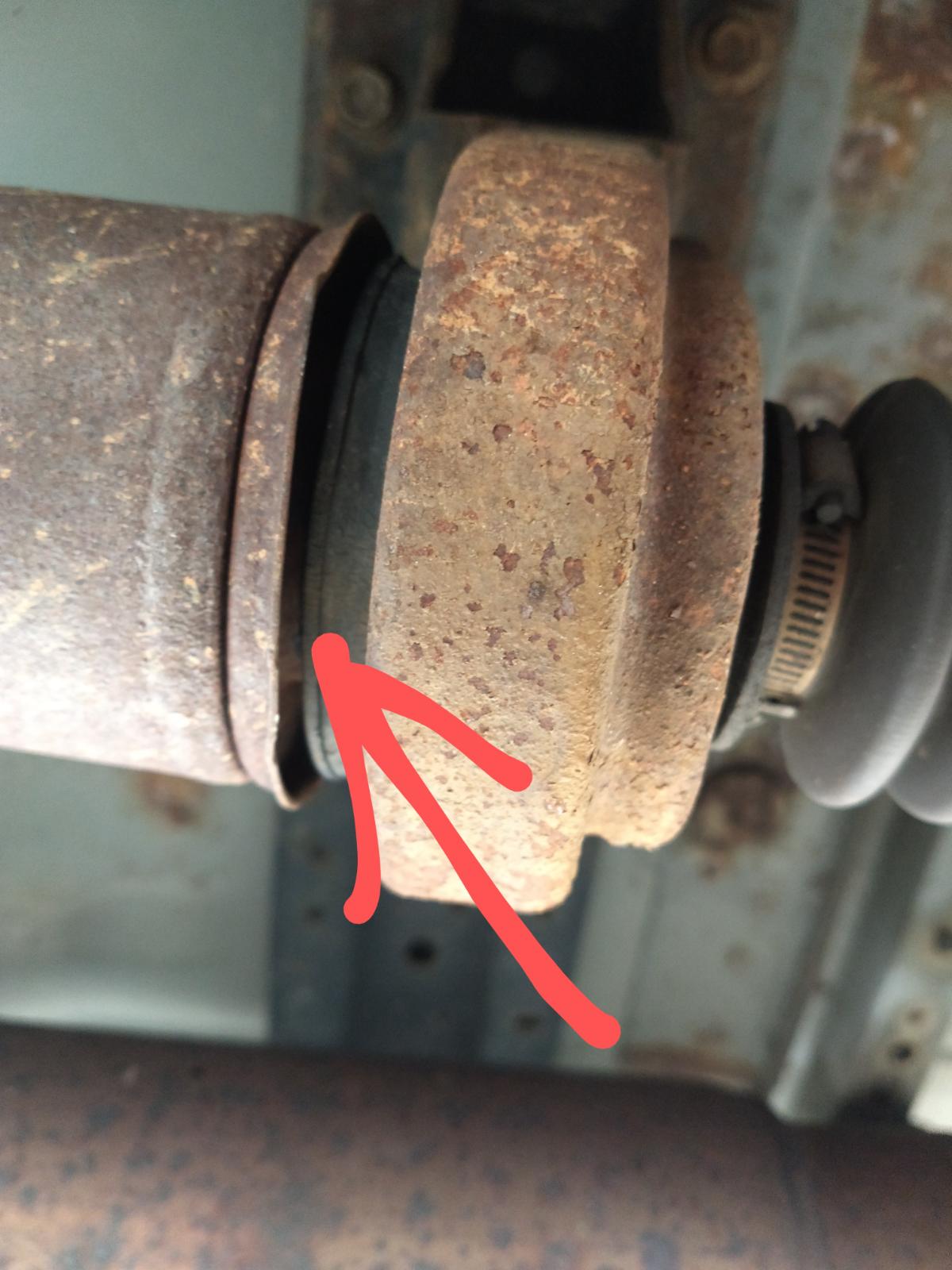- Replies 25
- Views 4.2k
- Created
- Last Reply
Top Posters In This Topic
-
Doubletrouble 9 posts
-
dripley 4 posts
-
Mopar1973Man 3 posts
-
dave110 2 posts
Most Popular Posts
-
I did not have to grease anything on my truck for the first 240k. I like it that way better.
-
A lot of this stuff just boils down to personal preference. No so much a right or wrong way.
-
Hey everyone, my silly years of being a machinist working with bearings on machine tools has taught me a lot. When applying grease to a slow moving item like ball joints and wheel bearings you can typ







So, I've noticed a bit of a low frequency vibration lately, usually just after shifting in to 5th gear at roughly 50-55 mph. Today I got under the truck to check my suspicions and sure enough the carrier bearing is shot. Grabbed the drive shaft yanked on it to see the slop around that bearing.
Has anyone used the cheaper ones from say O'Riley auto parts or advance auto? I don't want to spend alot right now since I haven't worked in almost 8 weeks so have to stay on the cheap end for now. They both list one for around $25.